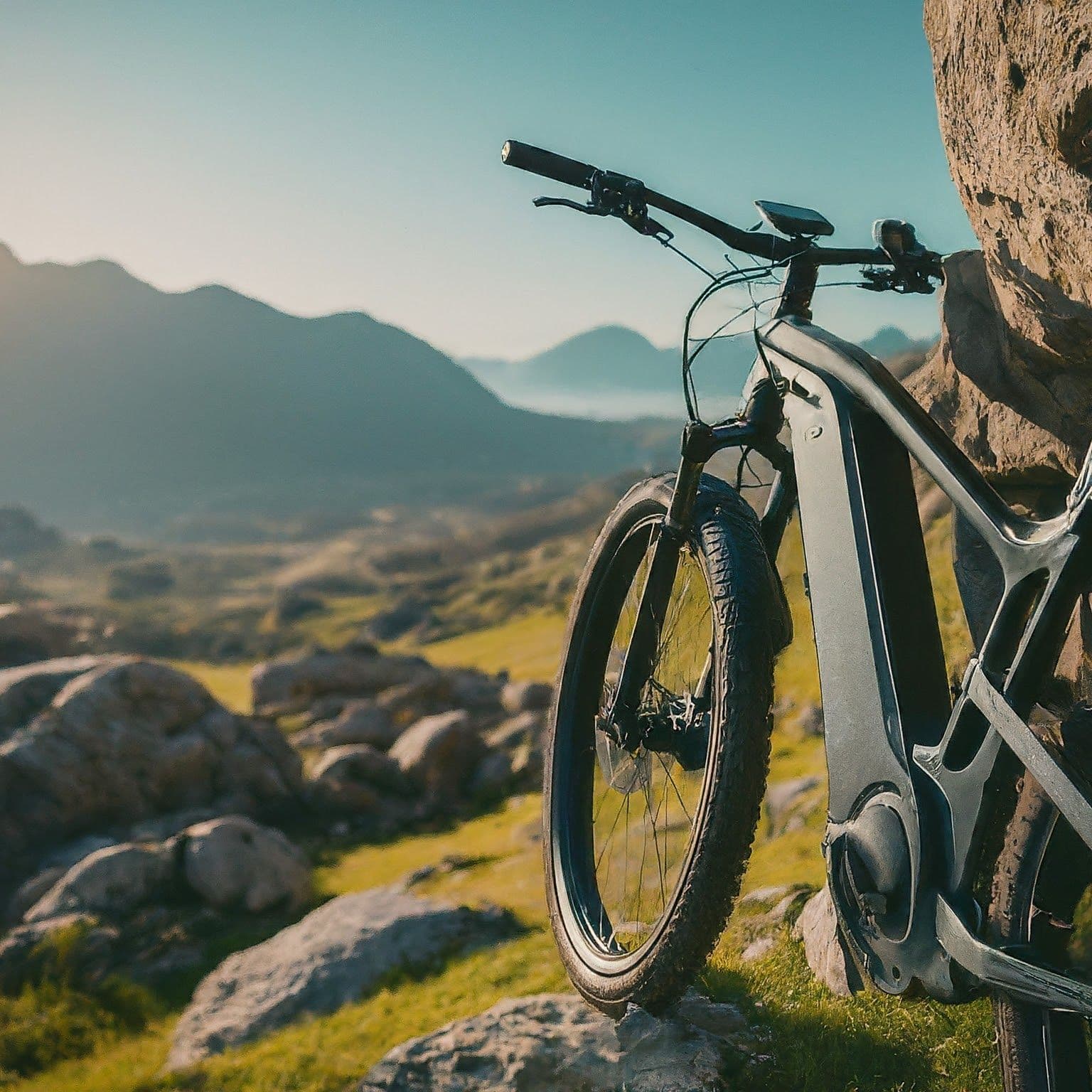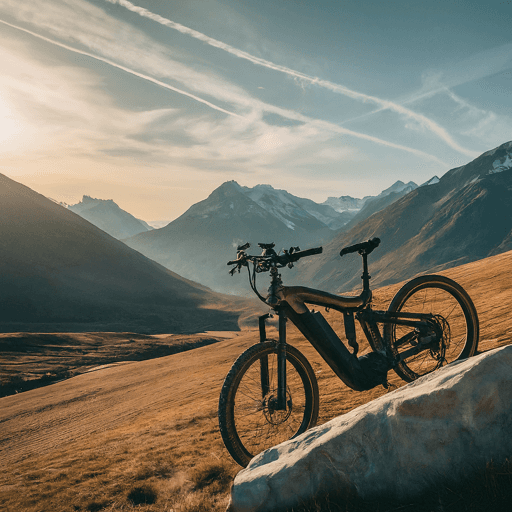
Electric bikes are taking the cycling world by storm, and off-road ebikes are leading the charge when it comes to conquering rugged terrain. Off-road ebikes blend the classic joys of trail riding with the power of electric assist, letting you explore further, tackle tougher climbs, and experience nature like never before.
Let's explore what makes off-road ebikes so special and how to find the perfect one for you.
What is an Off-Road eBike?
Off-road ebikes are specifically designed to handle trails, from gentle dirt paths to more challenging single-track. Features that set them apart include:
- Powerful motors: Designed to help you power up hills you might not be able to conquer solely under leg power.
- Robust tires: Wide, knobby tires offering excellent grip on loose or challenging terrain.
- Suspension: Many off-road ebikes offer a front fork, or even full suspension, for improved comfort and control on bumpy rides.
- Durable construction: Built to withstand the rigors of off-road riding.
The Benefits of Riding an Off-Road eBike
- Explore more: Tackle longer rides and further distances thanks to the electric assist.
- Conquer challenges: Power up steep hills and challenging terrain with ease.
- Enhanced accessibility: Perfect for new riders or those with fitness limitations.
- A new level of fun: Discover the thrill of off-road cycling with the added boost.
This video does a terrific job of explaining how off-road ebikes compare to regular ebikes.
Types of Off-Road Ebikes
- Electric Mountain Bikes (eMTBs): Most common type, built for handling trails of varying difficulty.
- Fat Tire Ebikes: Designed for snow, sand, and other soft surfaces, with ultra-wide tires.
- Electric Hunting Bikes: Optimized for stealth and utility in backcountry access.
Choosing the Right Off-Road eBike
- Motor Power: Consider the terrain and your riding style. Common power outputs range from 250W to 750W+.
- Battery Capacity: A larger battery (measured in Wh) means a longer range to explore.
- Suspension: Full-suspension is best for tough trails, while hardtails offer simplicity and affordability
- Components: Quality shifters, brakes, and other parts influence the ride experience.
- Brand and Reputation: Research well-known brands with a track record of performance and support.
Where Can I Ride an Off-Road eBike?
- Local Trails: Check if ebikes are allowed on designated trails in your area.
- Bike Parks: Some parks offer ebike-specific trails or sections.
- Backcountry Exploration: Be sure to research regulations and respect private property if adventuring beyond maintained paths.
Additional Considerations
- Price: Off-road ebikes range widely in price, factor in your budget.
- Local Support: A bike shop offering service for your chosen eBike is key.
- Test Rides: Try before you buy, if possible, to find the perfect fit.
FAQs: Off-Road Ebikes
Q: I'm not a super fit cyclist. Can I still enjoy off-road ebiking?
A: Absolutely! One of the great things about ebikes is that they make off-road cycling more accessible. The electric assist helps you tackle hills and longer distances, so you can focus on having fun and enjoying the scenery.
Q: Are off-road ebikes allowed on all trails?
A: Trail regulations vary. Before you head out, check with your local land management agencies, trail associations, or bike parks about ebike-specific rules in your area.
Q: How much does an off-road ebike cost?
A: Prices vary depending on factors like motor power, battery capacity, suspension, and components. You can find entry-level options starting around $2000, with high-performance ebikes costing upwards of $5000 or more.
Q: How far can I ride on a single charge?
A: This depends on several factors, including battery capacity, terrain, rider weight, and the level of assist you use. Many off-road ebikes offer a range of 30-60+ miles on a single charge.
Q: Can I get a workout on an off-road ebike?
A: Definitely! You control the level of assist. Pedal hard and reduce assist for a more intense workout, or rely more on the motor for a recovery ride. Ebikes make cycling more accessible while still providing great exercise.
Q: Do I need special gear for off-road ebiking?
A: At a minimum, always wear a helmet! Additional gear recommendations mirror those for traditional mountain biking: padded shorts, gloves, appropriate footwear, and protective gear like knee pads depending on the terrain you're tackling.
